The traditional Majuli masks in Assam were given a Geographical Indication (GI) tag by the Centre.
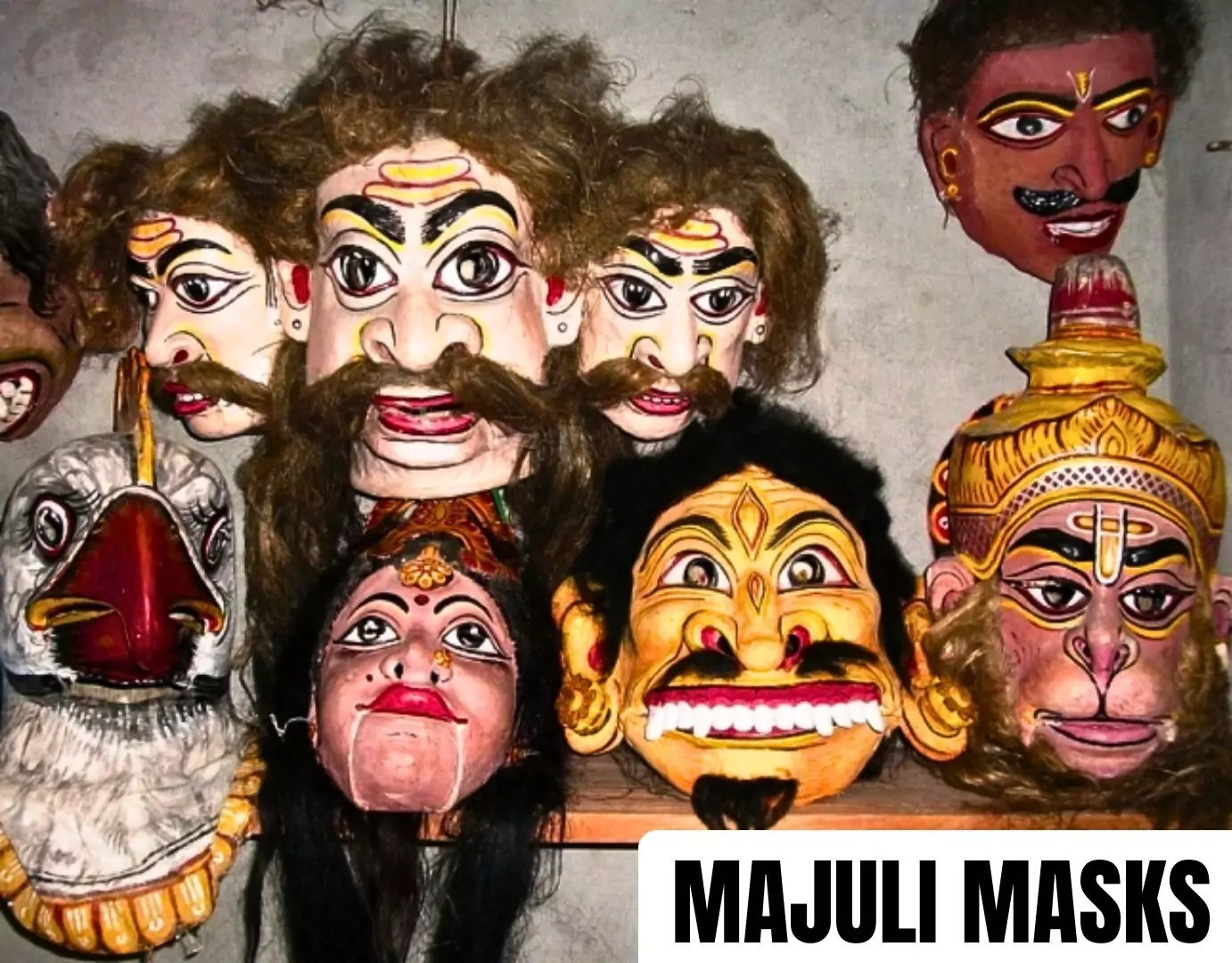
News Source: The Indian Express
| Must Read | |
| NCERT Notes For UPSC | UPSC Daily Current Affairs |
| UPSC Blogs | UPSC Daily Editorials |
| Daily Current Affairs Quiz | Daily Main Answer Writing |
| UPSC Mains Previous Year Papers | UPSC Test Series 2024 |
Recently a satellite (MethaneSAT) which will track and measure methane emissions at a global scale — was launched aboard a SpaceX Falcon9 rocket from California
About Methane Emission:
|
|---|
News Source: Indian Express
| Must Read | |
| NCERT Notes For UPSC | UPSC Daily Current Affairs |
| UPSC Blogs | UPSC Daily Editorials |
| Daily Current Affairs Quiz | Daily Main Answer Writing |
| UPSC Mains Previous Year Papers | UPSC Test Series 2024 |
Recently, Scientists unveiled the first in-depth study of a star dune, revealing the internal structure of these geological features and the process of its formation.
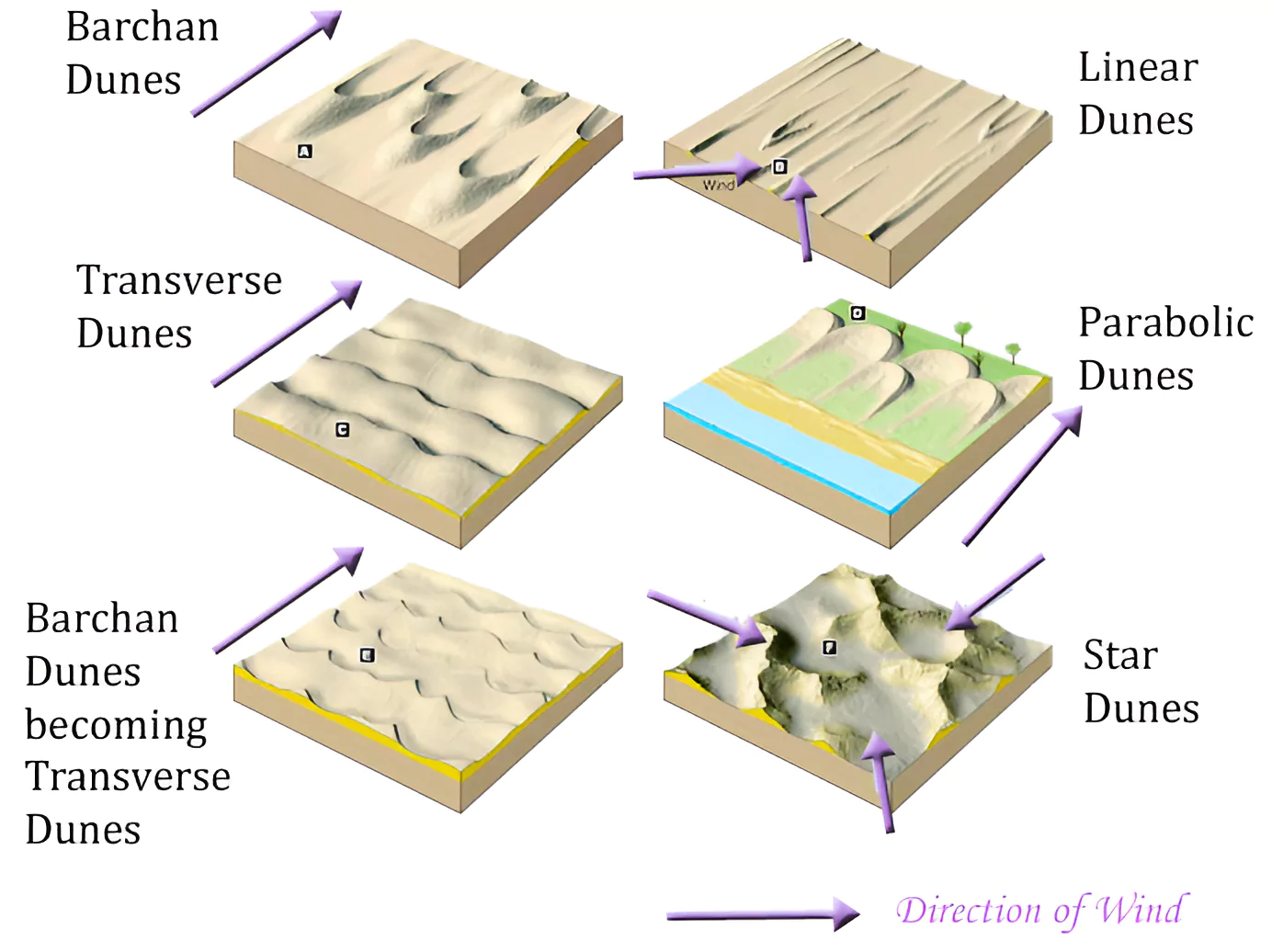
News Source: The Hindu
| Must Read | |
| NCERT Notes For UPSC | UPSC Daily Current Affairs |
| UPSC Blogs | UPSC Daily Editorials |
| Daily Current Affairs Quiz | Daily Main Answer Writing |
| UPSC Mains Previous Year Papers | UPSC Test Series 2024 |
The waters of the Red Sea are at an ‘environmental risk’ after Belize-flagged, UK-owned bulk carrier Rubymar sank in the southern part of the Sea recently.
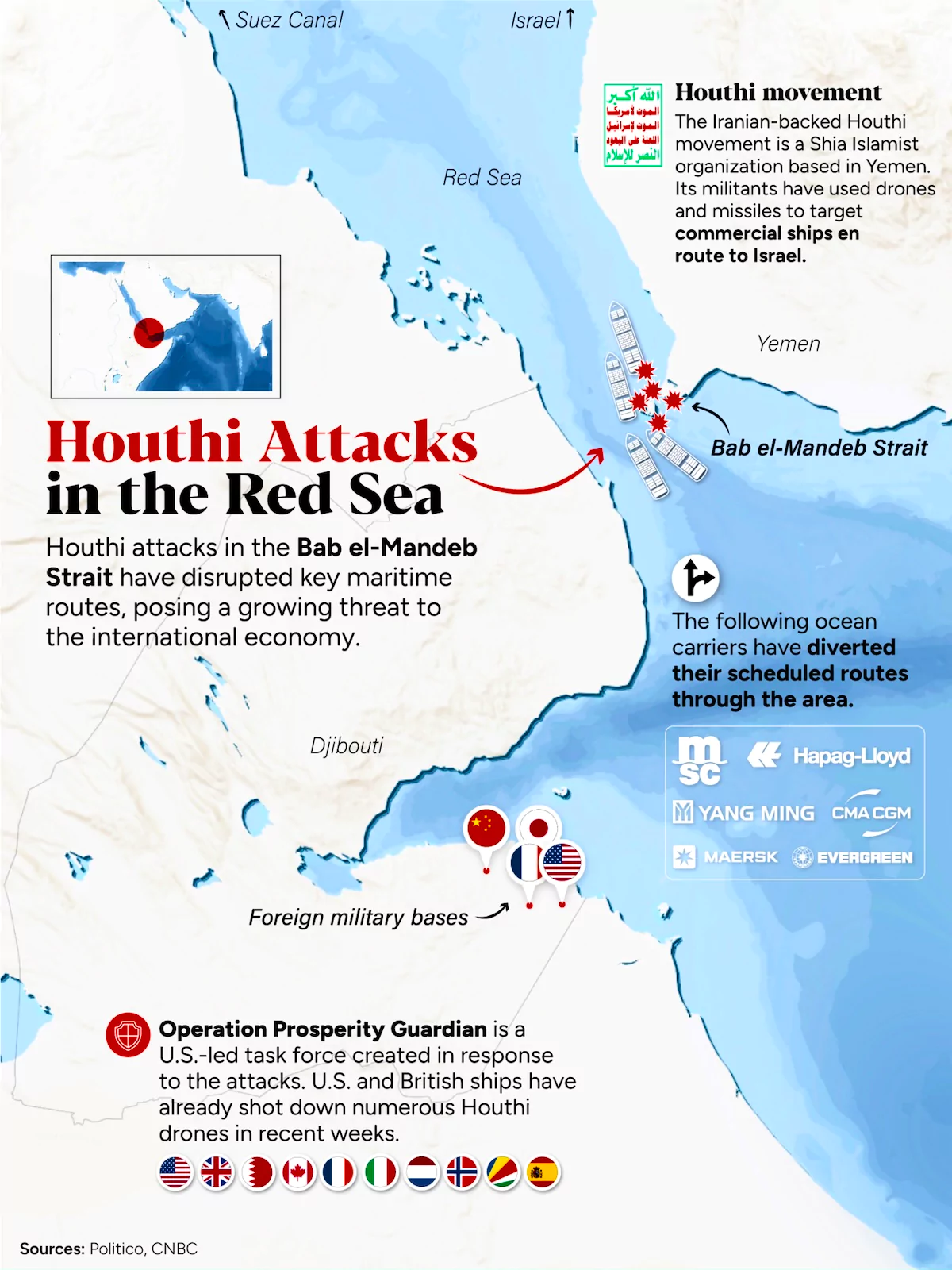
Red Sea Map
News Source: Down to Earth
| Must Read | |
| NCERT Notes For UPSC | UPSC Daily Current Affairs |
| UPSC Blogs | UPSC Daily Editorials |
| Daily Current Affairs Quiz | Daily Main Answer Writing |
| UPSC Mains Previous Year Papers | UPSC Test Series 2024 |
Bloomberg to include Indian bonds in the Bloomberg Emerging Market (EM) Local Currency Government Index and related indices from January 31, 2025.
Fully Accessible Route (FAR):
|
|---|
News Source: The Indian Express
| Must Read | |
| NCERT Notes For UPSC | UPSC Daily Current Affairs |
| UPSC Blogs | UPSC Daily Editorials |
| Daily Current Affairs Quiz | Daily Main Answer Writing |
| UPSC Mains Previous Year Papers | UPSC Test Series 2024 |
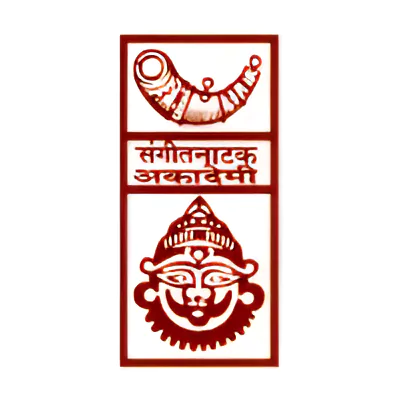
Recently, the President of India conferred Sangeet Natak Akademi Awards for the years 2022 and 2023 to 94 eminent artists (two joint awards) in the field of performing arts.
The Sangeet Natak Akademi confers classical status on nine Indian dance forms;
|
|---|
News Source: PIB
| Must Read | |
| NCERT Notes For UPSC | UPSC Daily Current Affairs |
| UPSC Blogs | UPSC Daily Editorials |
| Daily Current Affairs Quiz | Daily Main Answer Writing |
| UPSC Mains Previous Year Papers | UPSC Test Series 2024 |
According to the paper published in the journal Nature Reviews Earth & Environment the Arctic Ocean could go without ice for the first time by 2030 under all emission scenarios
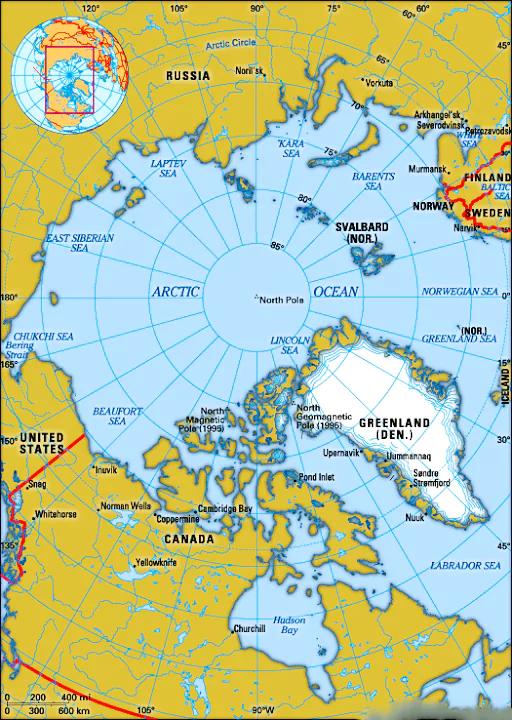
Arctic Ocean Map
About the Arctic Ocean
|
|---|
| Must Read | |
| NCERT Notes For UPSC | UPSC Daily Current Affairs |
| UPSC Blogs | UPSC Daily Editorials |
| Daily Current Affairs Quiz | Daily Main Answer Writing |
| UPSC Mains Previous Year Papers | UPSC Test Series 2024 |
India’s bilateral relations with Asean is going to be affected due to Australia’s Investment in Southeast Asia, setting aside $1.3 billion to enhance trade in the region during a summit of the 10-nation ASEAN forum in Melbourne.
News Source: The Hindu
| Must Read | |
| NCERT Notes For UPSC | UPSC Daily Current Affairs |
| UPSC Blogs | UPSC Daily Editorials |
| Daily Current Affairs Quiz | Daily Main Answer Writing |
| UPSC Mains Previous Year Papers | UPSC Test Series 2024 |
This Article is based on the news “UN warns of climate change impact on farms and rural households run by women in poor countries” which was published in the PTI. Recently, The Food and Agriculture Organization (FAO) has released a report: “The unjust climate: Measuring the impacts of climate change on rural poor, women, and youth”.
Food and Agriculture Organization (FAO):
|
|---|
Why is the Climate Unjust?
|
|---|
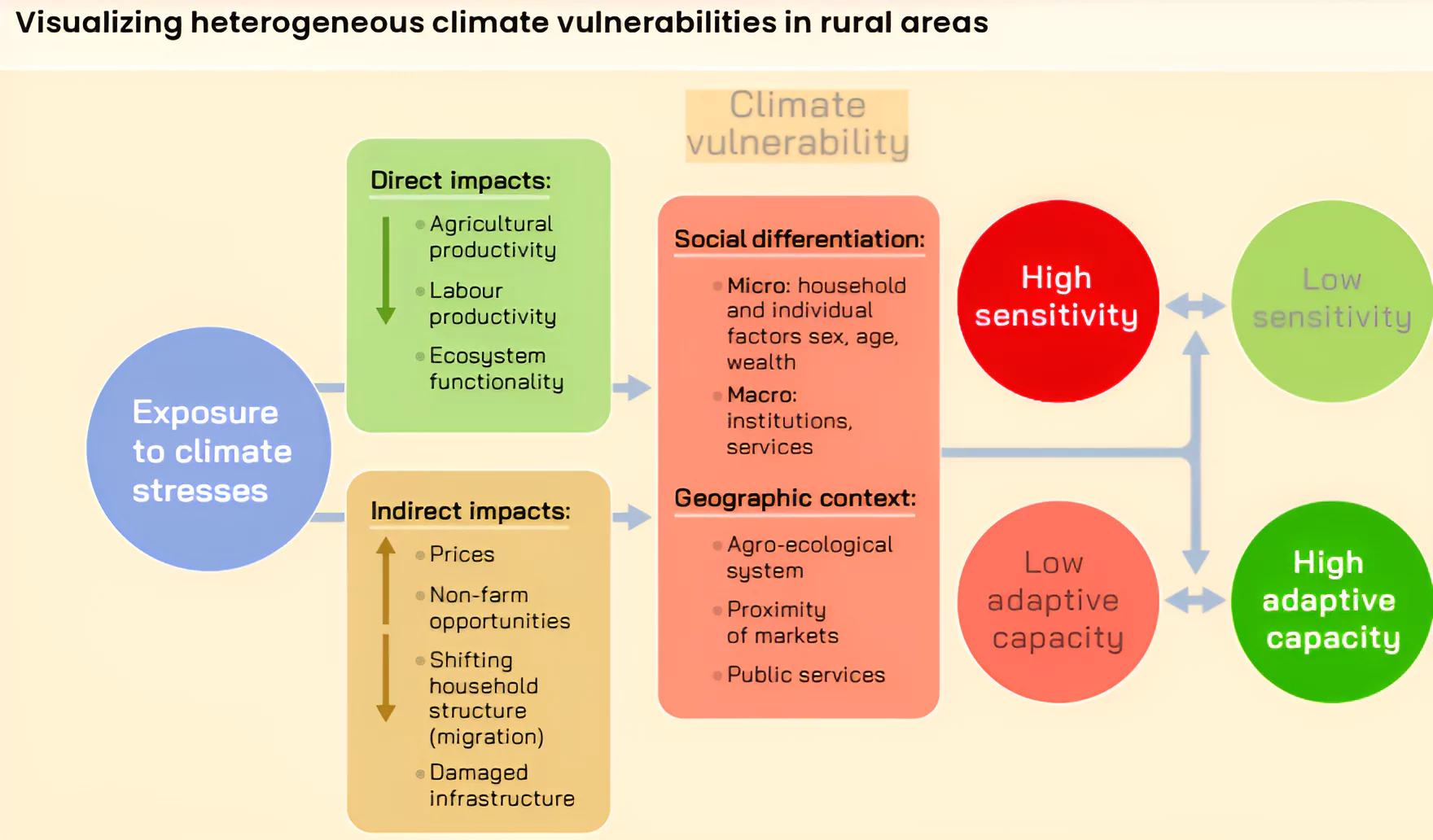
| Must Read | |
| NCERT Notes For UPSC | UPSC Daily Current Affairs |
| UPSC Blogs | UPSC Daily Editorials |
| Daily Current Affairs Quiz | Daily Main Answer Writing |
| UPSC Mains Previous Year Papers | UPSC Test Series 2024 |
This Article is based on the news “France becomes the only country to explicitly guarantee abortion as a constitutional right” which was published in the Indian Express. Recently, France has become the only country to explicitly guarantee abortion as a constitutional right.
| Relevancy for Prelims: MTP Act, Reproductive Health, Rights Of Women Vs. Rights Of The Unborn Child and Women’s Reproductive Autonomy.
Relevancy for Mains: Abortion in India: Laws, Policies, Regulations, Cases, Arguments in Against/Favour of Abortion, and Way Forward. |
|---|
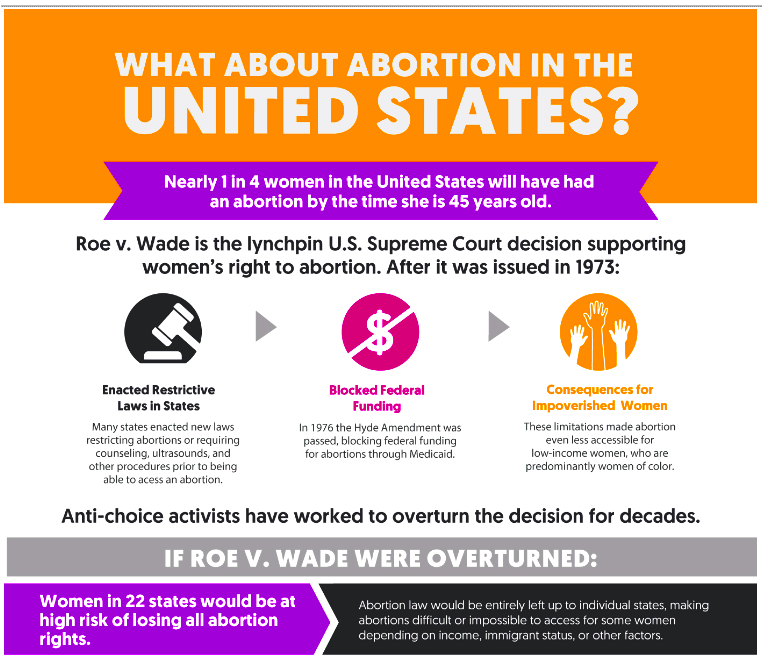
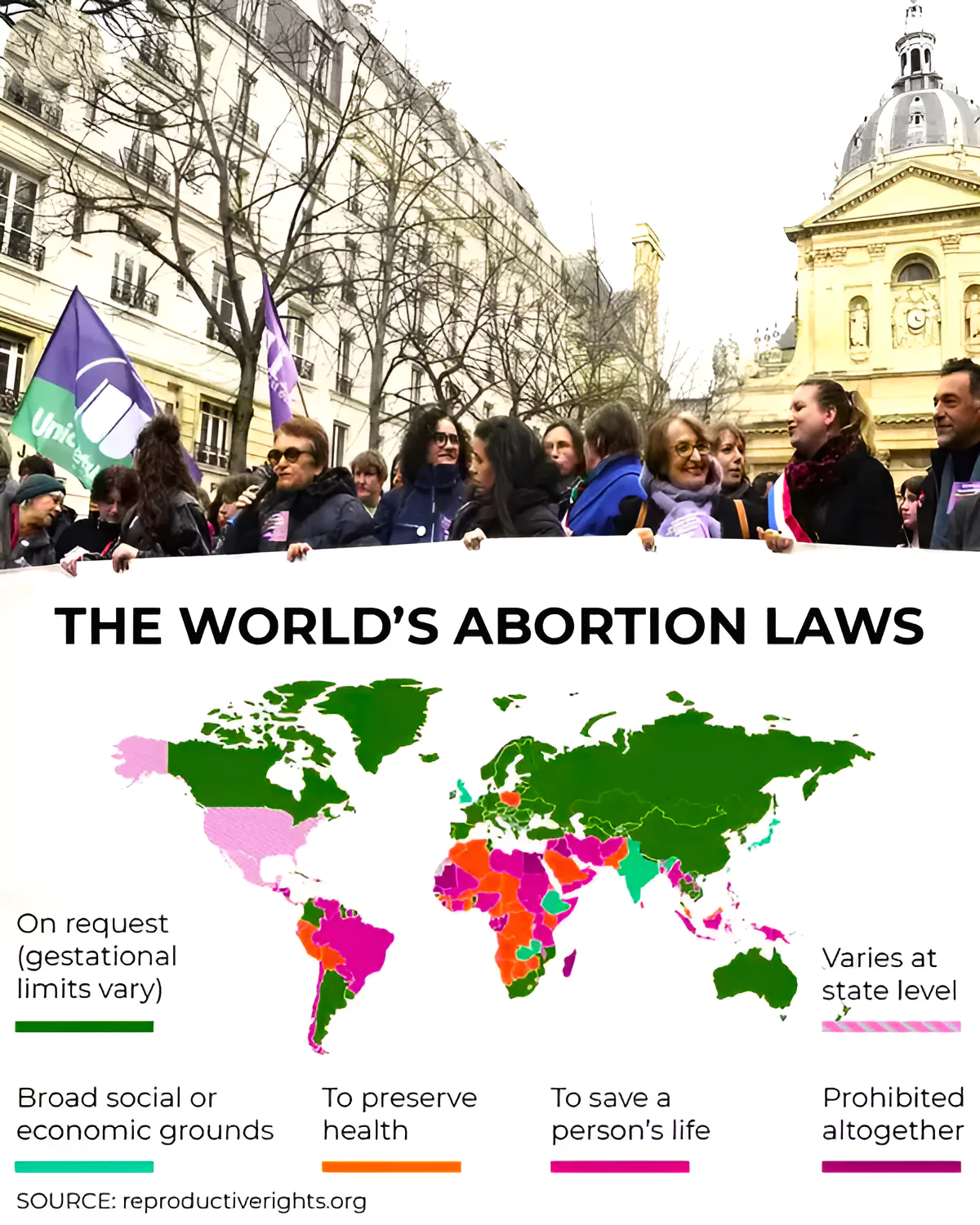
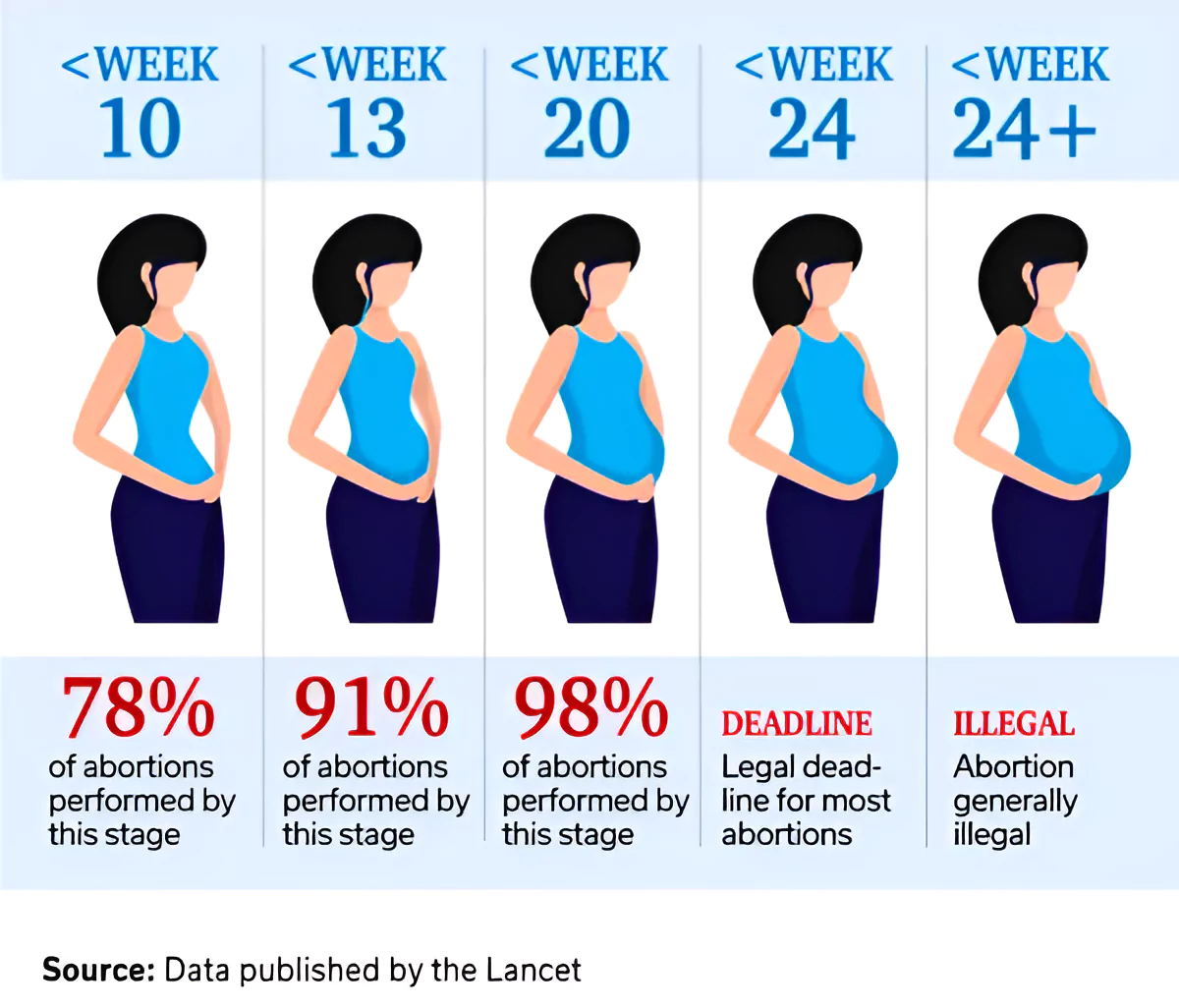 Unsafe Abortions: Around 45% of all abortions are unsafe, of which 97% take place in developing countries.
Unsafe Abortions: Around 45% of all abortions are unsafe, of which 97% take place in developing countries.Data by United Nations Population Fund (UNFPA)’s State of the World Population Report 2022:
|
|---|
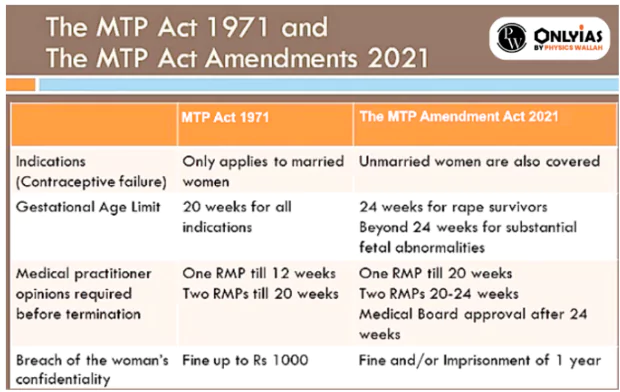 1971: Introduction and Passage of MTP Act
1971: Introduction and Passage of MTP Act
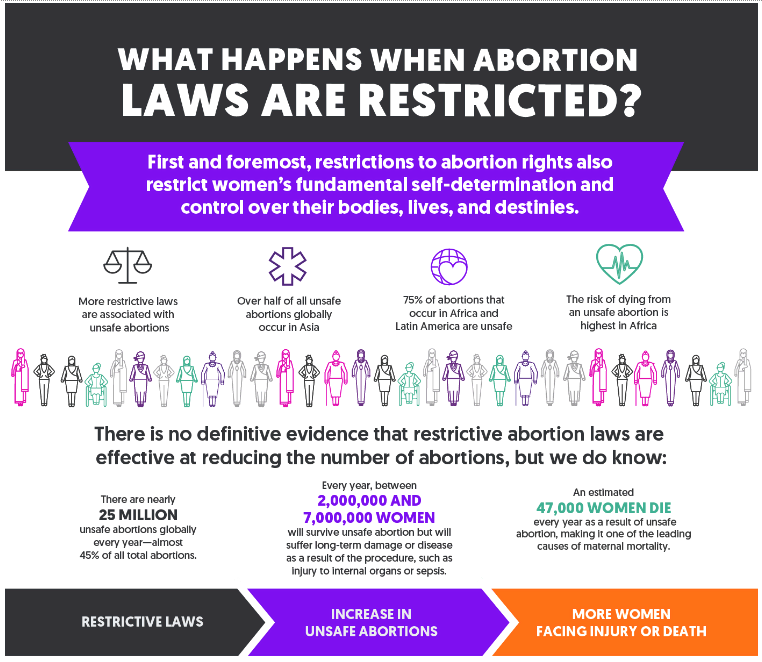
Landmark Cases associated With MTP Act
|
France’s amendment sets a welcome precedent, in which neither patriarchy nor morality gets to have a say in what is, essentially, a woman’s decision.
| Prelims PYQ (2017):
Which of the following gives ‘Global Gender Gap Index’ ranking to the countries of the world? (a) World Economic Forum (b) UN Human Rights Council (c) UN Women (d) World Health Organization Ans: (a) |
|---|
| Mains Question: Why do some of the most prosperous regions of India have an adverse sex ratio for women? Give your arguments. (200 words, 10 Marks) |
|---|
| Must Read | |
| NCERT Notes For UPSC | UPSC Daily Current Affairs |
| UPSC Blogs | UPSC Daily Editorials |
| Daily Current Affairs Quiz | Daily Main Answer Writing |
| UPSC Mains Previous Year Papers | UPSC Test Series 2024 |
<div class="new-fform">
</div>